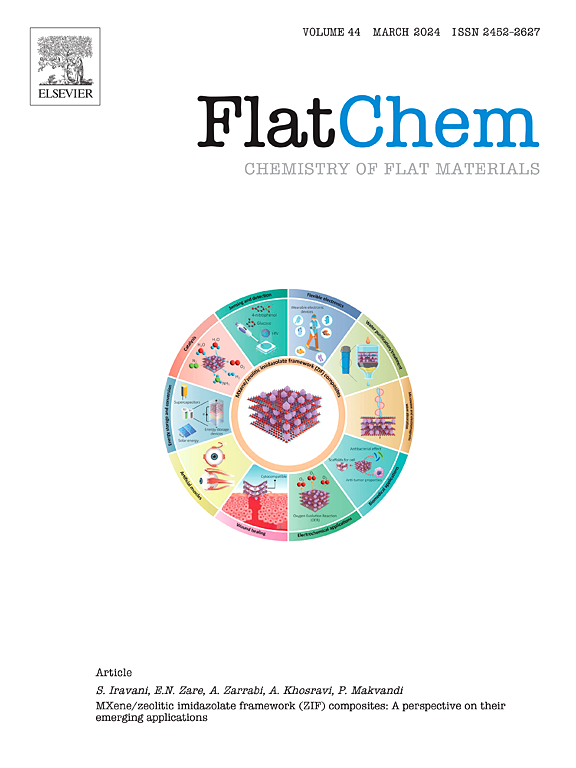Review of epoxy nano-filled hybrid nanocomposite coatings for tribological applications
IF 5.9
3区 材料科学
Q2 CHEMISTRY, PHYSICAL
引用次数: 0
Abstract
Epoxy resins, known for their chemical stability, electrical insulation, and bonding properties, are widely used in mechanical friction applications. However, their brittleness and low abrasion resistance limit their tribological performance. To address these challenges, researchers have focused on enhancing the tribological properties of epoxy coatings by incorporating various nanofillers. This review highlights the significant impact of nanofillers, such as graphene oxide (GO), molybdenum disulfide (MoS2), and polytetrafluoroethylene (PTFE), on the friction, wear resistance, and thermal stability of epoxy nanocomposite coatings. For instance, the inclusion of MoS2 in epoxy resulted in up to a 90 % reduction in the coefficient of friction, while rGO and PTFE composites exhibited an 88 % improvement in wear rate and an 88 % reduction in friction. Additionally, hybrid nanofillers, such as MoS2-graphene combinations, demonstrated remarkable synergy, reducing friction by 99 % compared to pure epoxy coatings. The practical implications of these findings are profound, offering enhanced durability, reduced energy loss, and improved performance in high-stress mechanical applications such as automotive, aerospace, and industrial machinery. These improvements also have the potential to contribute to increased fuel efficiency and reduced environmental impact by lowering CO2 emissions. This review emphasizes the trends and challenges in scaling up these nanocomposite systems, highlighting future research directions for optimizing nanofiller dispersion and addressing mechanical degradation under harsh conditions.

环氧纳米填充杂化纳米复合涂层摩擦学研究进展
环氧树脂以其化学稳定性,电绝缘性和粘合性能而闻名,广泛用于机械摩擦应用。然而,其脆性和较低的耐磨性限制了其摩擦学性能。为了应对这些挑战,研究人员一直致力于通过加入各种纳米填料来提高环氧涂层的摩擦学性能。这篇综述强调了纳米填料,如氧化石墨烯(GO)、二硫化钼(MoS2)和聚四氟乙烯(PTFE),对环氧纳米复合涂层的摩擦、耐磨性和热稳定性的重要影响。例如,在环氧树脂中加入二硫化钼,摩擦系数降低了90% %,而氧化石墨烯和聚四氟乙烯复合材料的磨损率提高了88% %,摩擦系数降低了88% %。此外,混合纳米填料,如mos2 -石墨烯组合,表现出显著的协同作用,与纯环氧涂料相比,摩擦减少了99% %。这些发现的实际意义是深远的,在汽车、航空航天和工业机械等高应力机械应用中提供了增强的耐用性、减少的能量损失和改进的性能。这些改进还可能有助于提高燃油效率,并通过降低二氧化碳排放减少对环境的影响。这篇综述强调了纳米复合材料体系的发展趋势和面临的挑战,强调了优化纳米填料分散和解决恶劣条件下机械降解问题的未来研究方向。
本文章由计算机程序翻译,如有差异,请以英文原文为准。
求助全文
约1分钟内获得全文
求助全文
来源期刊

FlatChem
Multiple-
CiteScore
8.40
自引率
6.50%
发文量
104
审稿时长
26 days
期刊介绍:
FlatChem - Chemistry of Flat Materials, a new voice in the community, publishes original and significant, cutting-edge research related to the chemistry of graphene and related 2D & layered materials. The overall aim of the journal is to combine the chemistry and applications of these materials, where the submission of communications, full papers, and concepts should contain chemistry in a materials context, which can be both experimental and/or theoretical. In addition to original research articles, FlatChem also offers reviews, minireviews, highlights and perspectives on the future of this research area with the scientific leaders in fields related to Flat Materials. Topics of interest include, but are not limited to, the following: -Design, synthesis, applications and investigation of graphene, graphene related materials and other 2D & layered materials (for example Silicene, Germanene, Phosphorene, MXenes, Boron nitride, Transition metal dichalcogenides) -Characterization of these materials using all forms of spectroscopy and microscopy techniques -Chemical modification or functionalization and dispersion of these materials, as well as interactions with other materials -Exploring the surface chemistry of these materials for applications in: Sensors or detectors in electrochemical/Lab on a Chip devices, Composite materials, Membranes, Environment technology, Catalysis for energy storage and conversion (for example fuel cells, supercapacitors, batteries, hydrogen storage), Biomedical technology (drug delivery, biosensing, bioimaging)
 求助内容:
求助内容: 应助结果提醒方式:
应助结果提醒方式:


